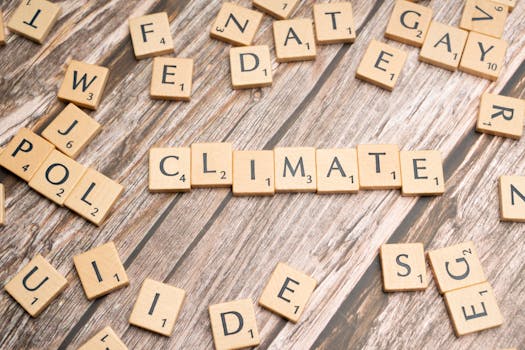
The Role of Satellites in Global Weather Forecasting Systems
The role of satellites in global weather forecasting systems is a vital one, as they provide essential data for predicting weather patterns and severe weather events. Satellites have revolutionized the field of meteorology, enabling forecasters to track weather systems and predict weather patterns with greater accuracy. In this article, we will explore the role of satellites in global weather forecasting systems, including their history, types, and applications.
Satellites have been used in weather forecasting since the 1960s, when the first weather satellite, TIROS-1, was launched. Since then, numerous satellites have been launched, each with improved capabilities and technologies. Today, there are several types of satellites used in weather forecasting, including geostationary satellites, polar-orbiting satellites, and constellations of small satellites. Geostationary satellites, such as the Geostationary Operational Environmental Satellite (GOES), orbit the Earth at an altitude of approximately 36,000 kilometers, providing continuous coverage of a specific region. Polar-orbiting satellites, such as the National Polar-orbiting Operational Environmental Satellite System (NPOESS), orbit the Earth at a much lower altitude, providing global coverage and higher-resolution data.
Applications of Satellites in Weather Forecasting
Satellites have a wide range of applications in weather forecasting, including monitoring weather patterns, tracking severe weather events, and providing data for numerical weather prediction models. Satellites can detect changes in the atmosphere, such as temperature, humidity, and cloud cover, which are essential for predicting weather patterns. They can also track severe weather events, such as hurricanes, typhoons, and blizzards, providing critical data for emergency management and response. Additionally, satellites provide data for numerical weather prediction models, which use complex algorithms to forecast future weather patterns.
Satellites also play a crucial role in monitoring climate change and its impacts on the environment. They can track changes in sea level, ice cover, and ocean currents, which are essential for understanding the impacts of climate change. Satellites can also monitor the health of crops, forests, and other ecosystems, providing critical data for managing natural resources and mitigating the impacts of climate change.
Future Developments in Satellite Technology
There are several future developments in satellite technology that will enhance the role of satellites in global weather forecasting systems. One of the most significant developments is the launch of new satellite constellations, such as the European Space Agency’s Copernicus program, which will provide higher-resolution data and more frequent imaging. Another development is the use of small satellites, such as CubeSats, which are low-cost and can be launched in large numbers, providing global coverage and high-resolution data.
Additionally, advances in satellite instrumentation, such as hyperspectral and multispectral imaging, will provide more detailed and accurate data on the atmosphere and oceans. These developments will enable forecasters to predict weather patterns and severe weather events with greater accuracy, ultimately saving lives and reducing economic losses.
Conclusion
In conclusion, the role of satellites in global weather forecasting systems is a vital one, providing essential data for predicting weather patterns and severe weather events. Satellites have revolutionized the field of meteorology, enabling forecasters to track weather systems and predict weather patterns with greater accuracy. As satellite technology continues to evolve, we can expect even more accurate and detailed weather forecasts, which will ultimately save lives and reduce economic losses. The role of satellites in global weather forecasting systems is a testament to the power of technology and innovation in improving our understanding of the world and mitigating the impacts of severe weather events.